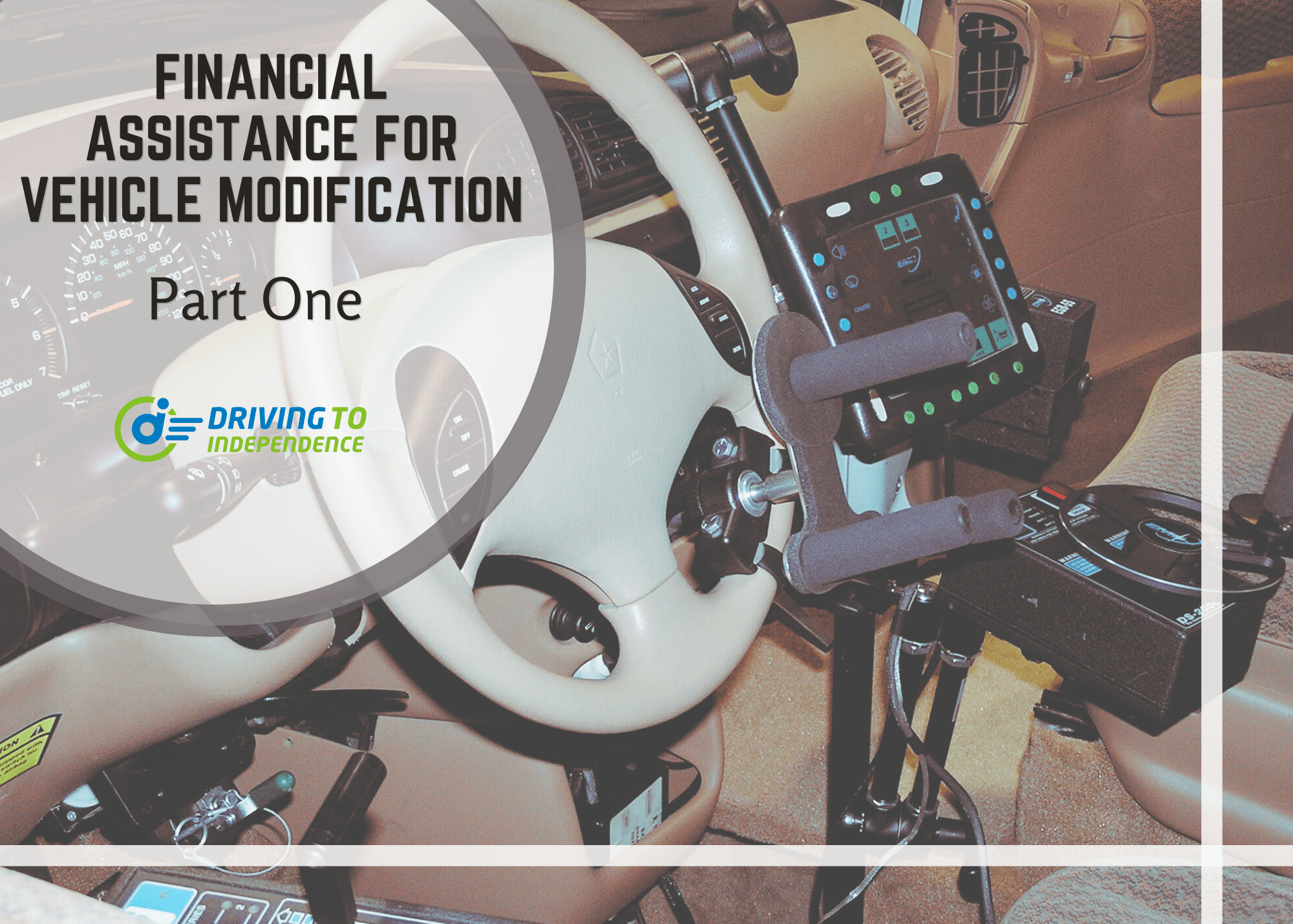
Modifying a vehicle to accommodate specific needs can be life-changing for individuals with disabilities, offering increased independence and mobility. However, these modifications can be costly. In this two-part series, we’ll explore various financial resources available to help ease this burden. Part One will focus on state and federal resources available to help fund vehicle modifications, ensuring you can access the support you need.
Grants for Vehicle Modifications
Grants are an ideal resource for those seeking to modify their vehicles, as they do not need to be repaid. Below are some key grant programs:
- State Vocational Rehabilitation Programs: Each state offers a VR program that helps individuals with disabilities find and maintain employment, often including funding for vehicle modifications necessary for work. You can find more information about your state’s VR program at the U.S. Department of Education’s Rehabilitation Services Administration.
- Veterans Affairs (VA) Grants: Veterans with service-related disabilities may qualify for the VA’s Automobile and Special Adaptive Equipment Grant program. This program covers the costs of purchasing and modifying vehicles to accommodate disabilities. More details can be found on the VA website.
- Nonprofit Organizations: Organizations such as Help Hope Live, United Cerebral Palsy (UCP), and Muscular Dystrophy Association (MDA) provide grants to assist with vehicle modifications for individuals with specific disabilities.
Medicaid Waivers
- In some states, Medicaid offers waivers that can be used for vehicle modifications as part of broader services aimed at helping individuals with disabilities live independently. Many of these programs require a statement of medical necessity and a prescription from a healthcare professional. For more information on Medicaid waivers, visit Medicaid.gov.
Other Federal Assistance Programs
- SSI and SSDI: Federal programs such as Supplemental Security Income (SSI) and Social Security Disability Insurance (SSDI) may provide additional financial support for vehicle modifications. While these programs primarily offer income support, some beneficiaries may qualify for additional resources that can be applied toward adaptive equipment.
Practical Tips for Securing Financial Assistance
Navigating the process of securing financial assistance can be complex. Here are some tips to help streamline the process:
- Start Early: Begin researching your options as soon as you identify the need for vehicle modifications. Application processes for grants and loans can take time, so starting early ensures you have ample time to secure funding.
- Gather Documentation: Be prepared to provide documentation that proves your need for vehicle modifications. This may include medical records, employment information, and detailed cost estimates for the modifications.
- Consult a Mobility Specialist: A mobility specialist or an organization specializing in adaptive vehicles can guide you through the funding options and ensure you apply for all available resources. They can also help you choose the best adaptive equipment for your needs.
Conclusion
Understanding the state and federal resources available is crucial for making vehicle modifications affordable. As you explore these funding options, remember that Driving to Independence is here to assist with personalized driving assessments and training. Stay tuned for Part Two of this series, where we will explore additional resources and expert strategies, such as manufacturer rebate programs and crowdfunding, to help make your vehicle modifications more accessible.
